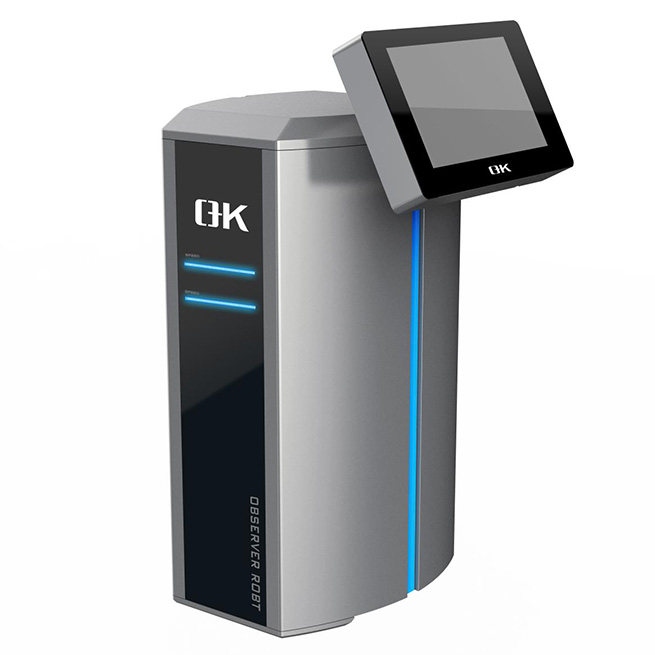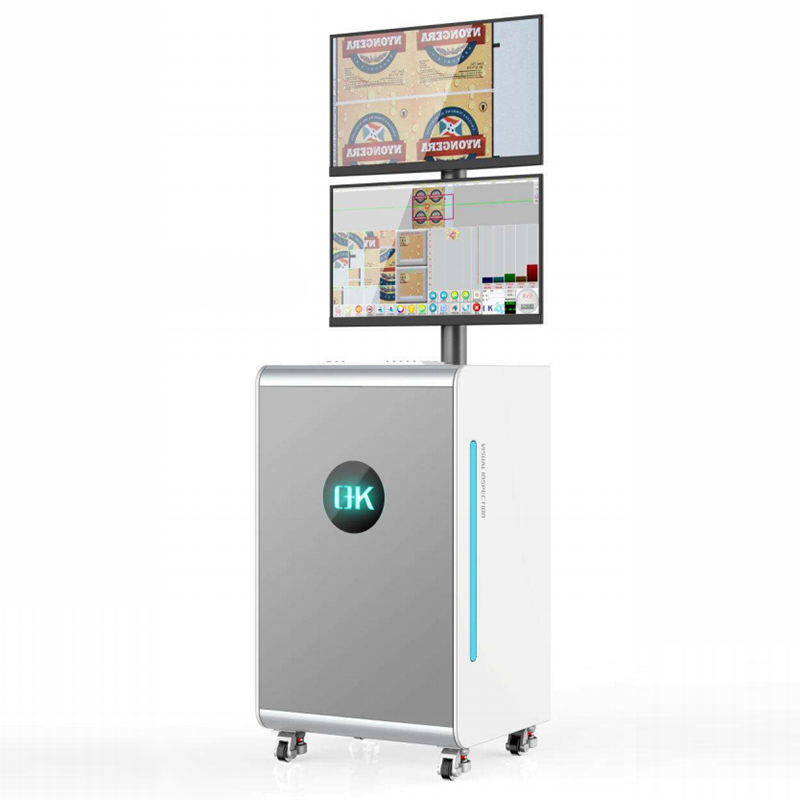The role of printing inspection systems has transformed significantly from their initial application in the printing industry to becoming indispensable tools across a wide spectrum of industries. Originally designed to ensure print quality, detect imperfections, and maintain production standards within the printing industry, these systems have evolved over time. The adaptability, precision, and efficiency of printing inspection systems have led to their integration into a diverse range of industries, revolutionizing quality control and enhancing efficiency in various industrial manufacturing processes.

The Evolution of Printing Inspection Systems
The journey of printing inspection systems has seen remarkable advancements. These systems were initially deployed in printing presses to identify printing defects such as smudges, misalignment, or irregular colors. They played a crucial role in upholding the quality and uniformity of printed materials.
However, breakthroughs in technology, particularly in the fields of computer vision, artificial intelligence, and automation, have propelled these systems into versatile tools with broader applications. The evolution of printing inspection systems can be summarized as follows:
1. Enhanced Imaging Technology:
Modern printing inspection systems utilize high-resolution cameras and powerful image sensors capable of capturing even the minutest details and flaws with astonishing clarity. This level of precision equips them to detect imperfections in a wide array of materials.
2. Advanced Algorithms:
The incorporation of machine learning algorithms and artificial intelligence has significantly amplified the capabilities of these systems. They can now detect faults in real-time, classify anomalies, and respond to evolving production conditions.
3. Expanded Applications:
Printing inspection systems have transcended traditional printing processes. They are currently employed across various industries, including packaging, pharmaceuticals, electronics, automotive, textiles, and more. Their versatility and adaptability make them invaluable assets in diverse manufacturing contexts.
Applications Across Industries of Printing Inspection Systems
Packaging Industry:
Printing inspection systems are indispensable in ensuring the quality and accuracy of packaging materials. They can identify defects in labels, cartons, and flexible packaging, contributing to the prevention of packaging and labeling issues that might result in costly recalls.
Pharmaceutical Industry:
Precision and quality control are of paramount importance in pharmaceutical manufacturing. Printing inspection systems are deployed to verify the accuracy of printed information on drug labels and packaging, thus guaranteeing patient safety and regulatory compliance.
Electronics Industry:
In the electronics industry, the inspection of printed circuit boards (PCBs) for soldering, component placement, and trace continuity issues is critical to maintaining product quality.
Automotive Industry:
Printing inspection systems are instrumental in upholding the quality of printed materials used for labeling, instruction manuals, and decorative elements in the automotive sector. They play a crucial role in ensuring brand consistency and product quality.
Textile Industry:
In textile manufacturing, these systems are employed to assess color consistency, pattern alignment, and fabric print imperfections. They contribute to the production of high-quality fabrics utilized in fashion, home furnishings, and various applications.
Food and Beverage Industry:
Accurate labeling and packaging are essential in the food packaging sector to adhere to regulations and ensure consumer safety. Printing inspection systems play a pivotal role in verifying the accuracy of labels and packaging materials, reducing the likelihood of errors.
Aerospace Industry:
In the aerospace industry, precision and quality control are indispensable in the manufacturing processes. Critical printed components, such as circuitry on aerospace components and labels, undergo meticulous examination using printing inspection systems.

Benefits of Printing Inspection Systems Used in Various Industries
The widespread adoption of printing inspection systems across industries offers several key advantages:
1. Quality Assurance:
These systems enhance product quality by detecting defects early in the manufacturing process, reducing waste, and preventing substandard products from reaching consumers.
2. Cost Reduction:
By identifying defects and errors promptly, manufacturers can cut production costs related to rework, waste materials, and product recalls.
3. Efficiency:
Automated inspection processes improve production efficiency by providing real-time feedback and diminishing the need for manual inspections.
4. Compliance:
Printing inspection systems provide the accuracy and consistency needed by industries with stringent regulatory requirements, ensuring compliance with norms and regulations.
5. Brand Reputation:
Delivering high-quality products consistently helps build a positive brand reputation and fosters consumer trust.
Conclusion
Printing inspection systems have evolved from their origins in the printing industry to become versatile tools with diverse applications in various manufacturing sectors. The state-of-the-art imaging technologies, machine learning capabilities, and precision provided by printing inspection systems play a critical role in quality control, efficiency, and compliance. As technology continues to advance, we can anticipate printing inspection systems to have an even greater impact, contributing to higher quality and productivity in a variety of industries.